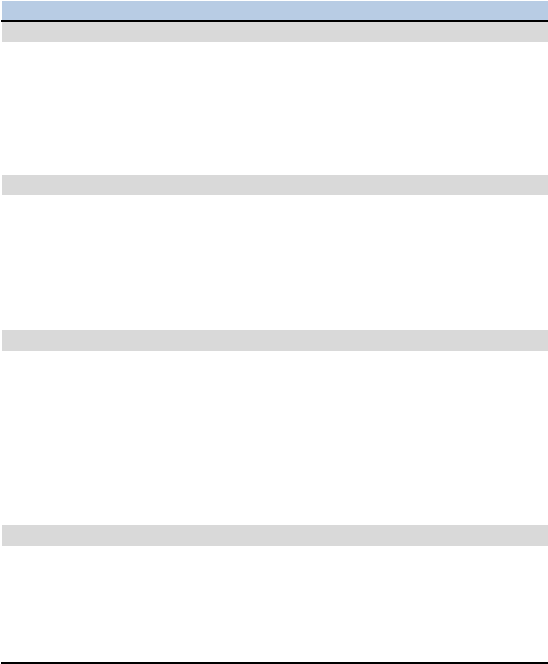
14
4
Tabel 2.7 Faktor risiko dan skor terkait dengan tinggi seat pan, kedalaman
seat pan, lengan kursi, dan back support
Risk factor (reference)
Score
Seat pan height
-Kness bent to approximately 90° (CSA International, 2000).
-1
- Seat too low - knee angle less than 90° (CSA International, 2000).
-2
- Seat too high - knee angle greater than 90°.
-2
- No foot contact with ground.
-3
- Insufficient space for legs beneath the desk surface (CSA International,
2000).
(+1)
- Seat pan height is non-adjustable (CSA International, 2000).
(+1)
Seat pan depth
- Approximately 7.5 cm of space between the edge of the chair and the back of
the knee (CSA International, 2000).
-1
- Seat pan length too long (less than 7.5 cm of space between the edge of chair
and the back of the knee (1978; CSA International, 2000).
-2
- Seat pan too short (more than 7.5 cm of space between the edge of the chair
and the back of the knee.
-2
- Seat pan depth is non-adjustable (CSA International, 2000).
(+1)
Armrests
- Elbows are supported at 90°, shoulders are relaxed (CSA International,
2000).
-1
- Armrests are too high (shoulders are shrugged).
-2
- Armrests are too low (elbows are not supported) (CSA International, 2000).
-2
- Armrests are too wide (elbows are not supported, or arms are abducted while
using the armrests.
(+1)
- The armrests have a hard or damaged surface - creating a pressure point on
the forearm
(+1)
- Armrests or arm support is non-adjustable (CSA International, 2000).
(+1)
Back support
- Proper back support - lumbar support and chair is redined between 95° and
110° (CSA International, 2000).
-1
- No lumbar support.
-2
- Back support is reclined too far (greater than 110°).
-2
- No back support (i.e., stool or improper sitting posture).
-2
- Back support is non- adjustable (CSA International, 2000).
(+1)
Sumber: (Sonne, Villalta, & Andrews, 2012)